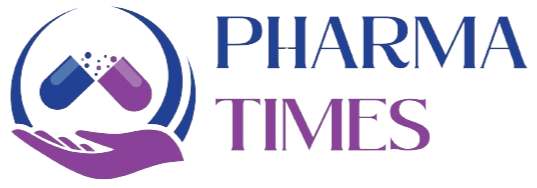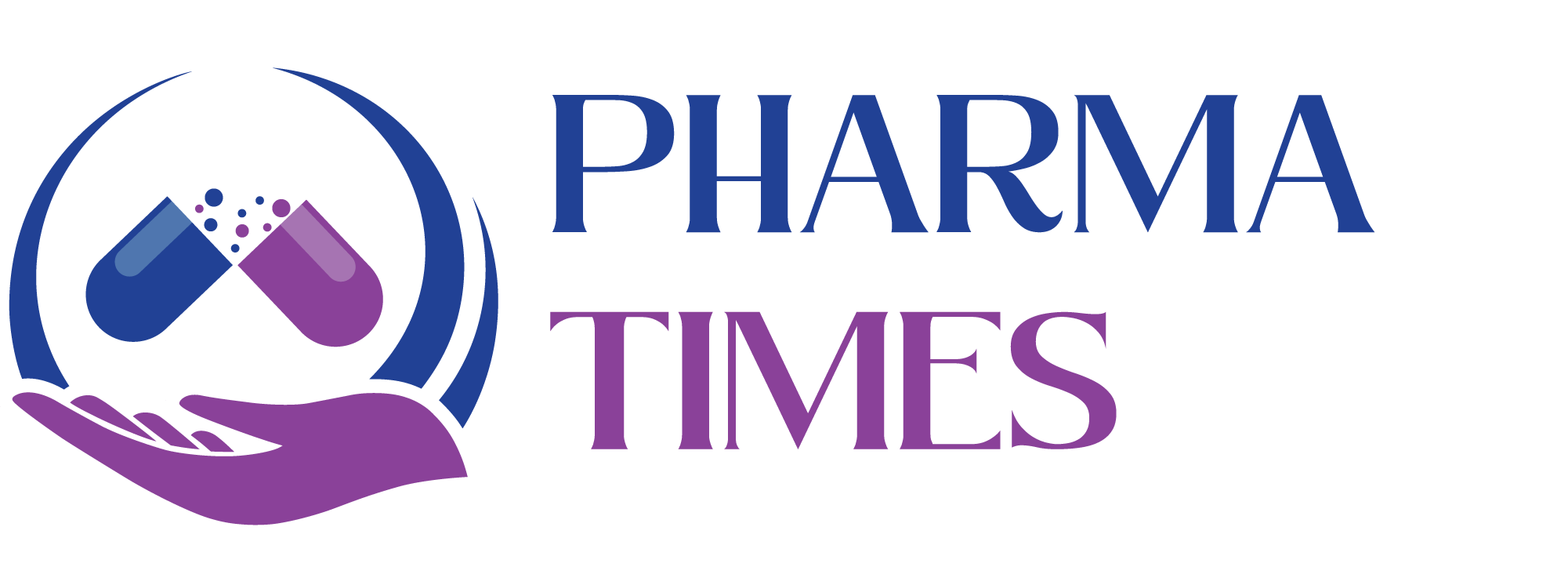Checklist for Vendor Audits

Vendor Audit Checklist
1. General Information
-
Vendor profile and organization structure available.
-
Valid licenses, registrations, and certifications (GMP, ISO, GDP).
-
Regulatory inspection history (FDA, EMA, WHO, local authorities).
-
Change notification procedure in place.
-
Approved supplier agreement/contract signed.
2. Quality Management System (QMS)
-
Documented Quality Policy and QMS in place.
-
SOPs available, current, and controlled.
-
Internal audit program implemented with CAPAs.
-
Management review meetings conducted with records.
-
Deviation, CAPA, and change control procedures established.
3. Facilities & Premises
-
Adequate facility design (segregated areas, unidirectional flow).
-
Cleanliness, housekeeping, and pest control records.
-
Environmental monitoring records (temperature, humidity, differential pressure).
-
Utilities validated (water, compressed air, HVAC).
-
Safety measures and emergency preparedness plans.
4. Equipment & Calibration
-
Equipment qualification (IQ/OQ/PQ) records.
-
Preventive maintenance schedules implemented.
-
Calibration program established and up to date.
-
Equipment cleaning and line clearance SOPs.
-
Equipment logbooks maintained.
5. Raw Material Management
-
Approved supplier list for critical raw materials and excipients.
-
Material receipt, quarantine, approval, and rejection process.
-
Sampling areas designed as per GMP requirements.
-
Storage conditions monitored and controlled.
-
Traceability maintained for all incoming raw materials.
6. Production & Process Control
-
Batch Manufacturing Records (BMR) available and reviewed.
-
Process validation and cleaning validation data.
-
In-process control checks documented.
-
Cross-contamination prevention measures implemented.
-
Yield reconciliation performed at each stage.
7. Quality Control Laboratory
-
Analytical method validation and verification records.
-
Equipment calibration and qualification records.
-
Stability studies data available (if applicable).
-
Handling of OOS/OOT and deviation investigations.
-
Data integrity controls (audit trails, ALCOA+ compliance).
8. Documentation & Data Integrity
-
Controlled documentation system in place.
-
Record retention policies established.
-
Data integrity practices aligned with FDA/EMA guidance.
-
Electronic system compliance with 21 CFR Part 11.
-
Training on GDP/GMP for staff.
9. Training & Personnel
-
Training records available for employees.
-
Job descriptions and competency assessments documented.
-
GMP, GDP, and safety training conducted.
-
Personnel hygiene and medical fitness maintained.
10. Distribution & Supply Chain
-
Packaging and labeling controls in place.
-
Shipping conditions monitored (temperature-sensitive products).
-
Traceability of shipments maintained.
-
Returned/rejected/recalled products handled as per SOP.
-
Contracted logistics service providers qualified.
11. Regulatory & Compliance
-
Vendor compliant with applicable GMP, GDP, and pharmacopoeial requirements.
-
Records of regulatory inspections and responses available.
-
No history of data falsification, fraud, or blacklisting.
-
Regulatory submissions updated (DMFs, CEPs, etc.).
🎓 Discover one of the best Complete Pharmaceutical Quality Assurance Course available —click below to explore the course that’s shaping future in QA Course skills.

